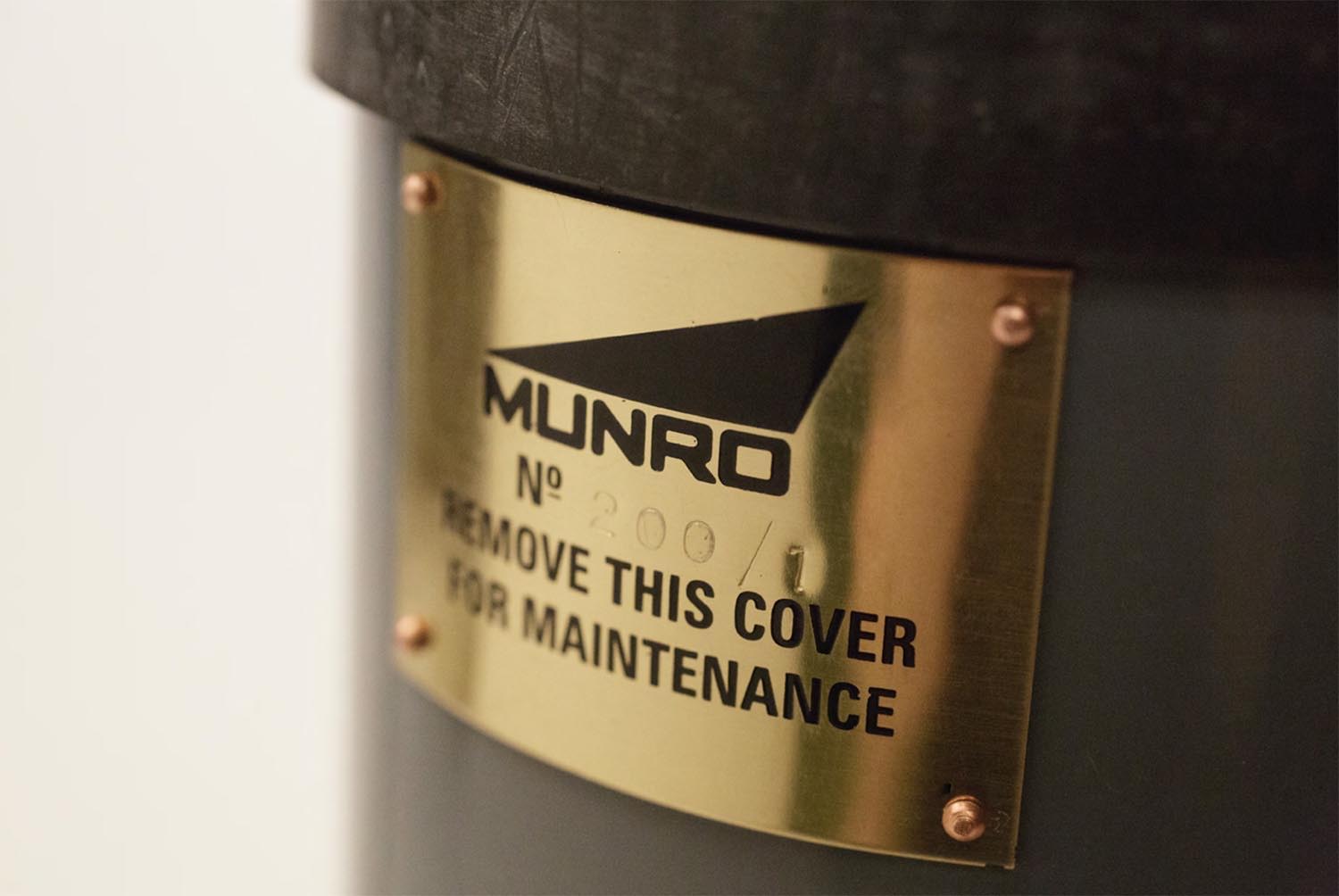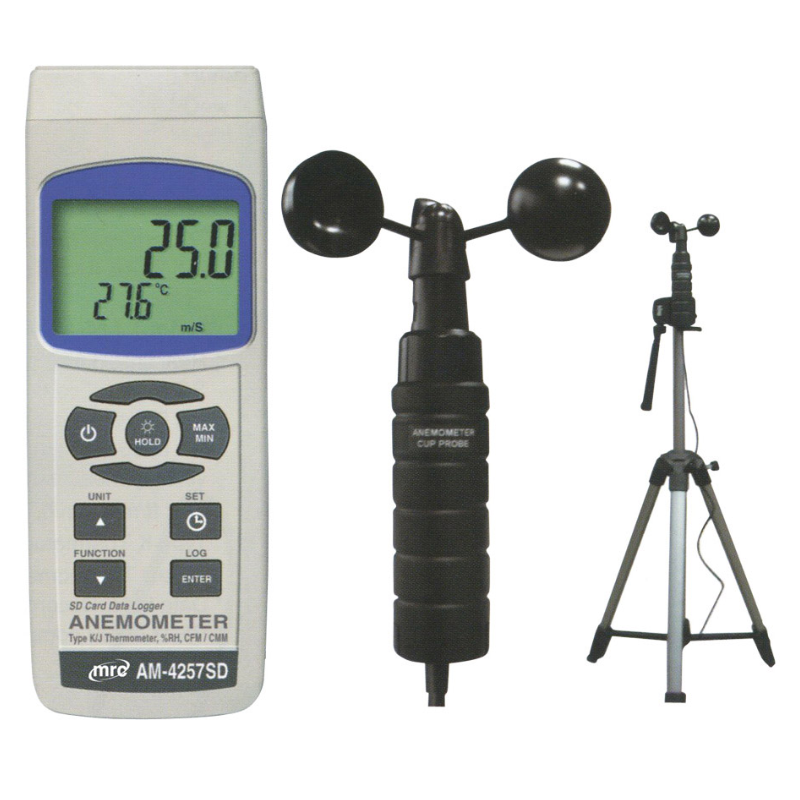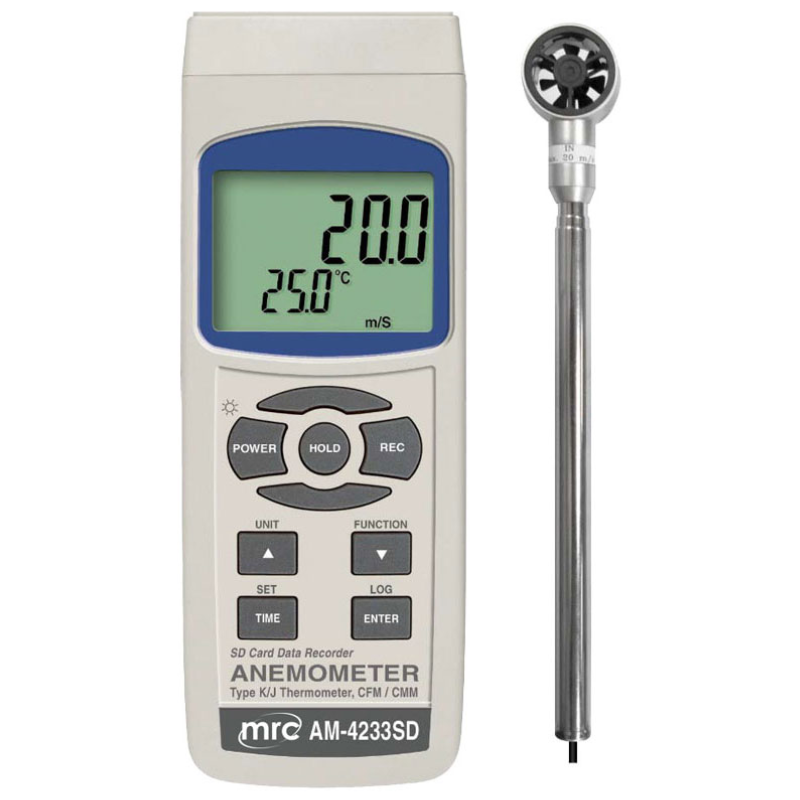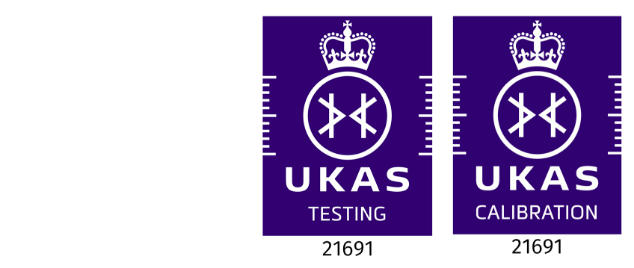Munro Instruments was founded in 1864 by Robert William Munro (1839-1912). The company quickly established itself as a world-leading developer and manufacturer of meteorological equipment.
R.W. Munro became particularly well known for his work on anemometers. After the Tay Bridge disaster in 1879, when a rail bridge collapsed during a violent storm, government authorities realised it was important to create an instrument that could reliably indicate wind force. R. W. Munro was commissioned to assist William Henry Dines, a meteorologist, in building the Dines Pressure Tube Anemometer.
Other equipment at that time included mechanical tide gauges, water level recorders and an early seismograph developed in conjunction with Professor John Milne. In 1907, using one of these devices Milne was able to pinpoint the source of a small tremor in London to the west coast of South America.
Outside of meteorology, R.W. Munro developed a range of innovative products for other industries. In 1880, the company was awarded a contract with the Bank of England to construct a machine capable of printing and numbering bank notes. Fourteen machines were made in total that produced deckle-edged banknotes varying from £5 to £1000. They were printed in batches of eight and the machine was capable of printing 3000 notes an hour.
Nowadays, Munro Instruments manufactures a range of environmental monitoring equipment and health-and-safety apparatus. Staying true to our origins, we continue to manufacture a range of anemometers, alongside air samplers pumps (to measure particulate mass concentration) and the British Pendulum Tester (to assess the slip/skid resistance of pedestrian surfaces and roads). We are proud to be continuing the important work of Mr Munro!







